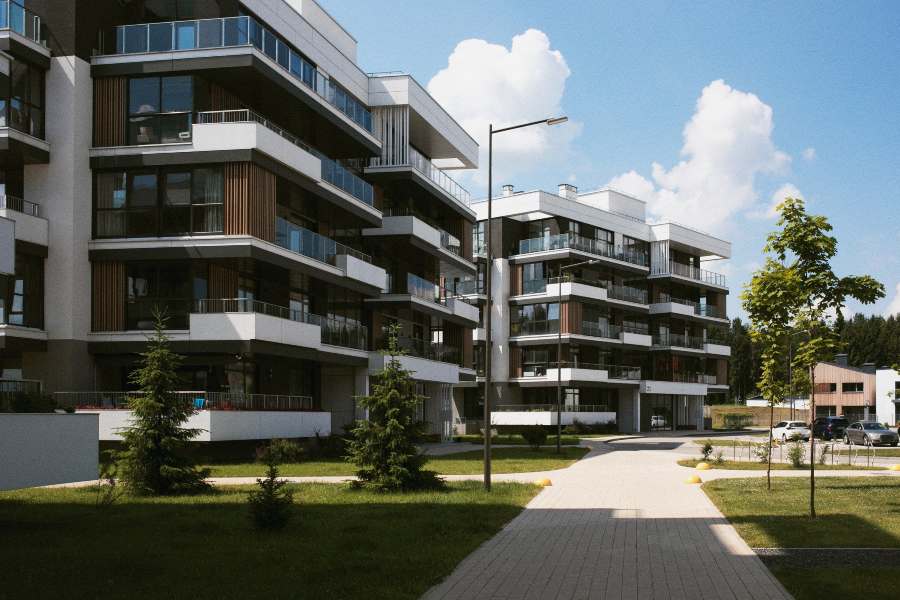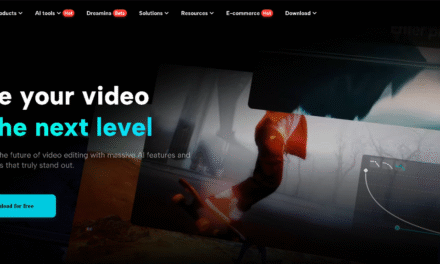Let’s be honest—buying a luxury property isn’t about shelter. It’s about identity, aspiration, and a little bit of ego.
Sure, high-end real estate offers world-class materials, square footage, and exclusive locations. But behind every marble entryway and skyline view is something deeper: a story people want to tell about themselves. Understanding that story is the secret to marketing and selling luxury homes.
Whether you’re a developer, realtor, or marketing professional, here’s what’s really driving those multimillion-dollar decisions—and how you can speak to it more effectively.
It’s Not Just the Property—It’s the Symbol
When someone spends $5 million on a penthouse or buys a beachfront villa in Malibu, they’re not only paying for the bricks and land. They’re buying a statement. A symbol of success, of taste, of “I’ve arrived.”
This is identity-driven purchasing at its finest.
Luxury buyers often make decisions emotionally first, then justify them with logic. That’s why traditional feature-based marketing—square footage, finish lists, property taxes—often falls flat. What sells is status, scarcity, and story.
Think of luxury cars: no one buys a Rolls-Royce for fuel economy. They buy it because it turns heads and whispers influence.
Emotional Triggers Matter More Than You Think
According to a study by Coldwell Banker Global Luxury, 64% of affluent buyers said they purchased a property because “it felt right emotionally”—not because it was the most rational option.
This “gut feeling” is what makes luxury real estate so unique. It’s driven by:
- A desire for privacy and prestige
- An emotional attachment to a location or view
- The feeling of comfort, safety, or even nostalgia a space evokes
- How the home reflects one’s personal brand
And sometimes, it’s about exclusivity. If there’s only one like it, that makes it worth more—regardless of comps.
Lifestyle Over Layout
Luxury homes are rarely sold just by showcasing kitchens and bathrooms. What really captures attention is the lifestyle that home enables.
Does it offer peace and seclusion? A place to host Gatsby-level gatherings? A rooftop that feels like a private resort? These are the narratives buyers care about.
That’s why top-tier agents and developers invest heavily in visual storytelling—not just showing what’s inside the home, but what life feels like inside the home.
More and more, this means using 3D architectural visualizations to paint the full picture before the property is even built. Potential buyers can see the sweeping views from the balcony, the reflection of pool lights at night, the curve of a custom staircase—long before ground is broken.
To see more about how luxury developments are sold through immersive visuals, see more.
Control Is Key
Luxury clients are not passive shoppers. They want control—over the purchase process, the materials, even the design itself. Many high-end buyers will commission homes from scratch or demand full customization.
This is where visuals again become vital: with hyper-detailed renderings, buyers can explore changes in layout, finishes, and design elements before anything is finalized. It becomes a collaborative process rather than a cold transaction.
They don’t just want to buy a dream home. They want to shape it.
Trust Is Earned Through Experience
High-net-worth individuals are extremely sensitive to experience. From the first viewing to post-sale follow-up, they expect flawless communication, discretion, and polish.
Every touchpoint must reinforce that they’re not just buying property—they’re entering an elite circle.
This expectation extends to the marketing itself. Low-quality photos or generic presentations feel off-brand. By contrast, a beautifully composed 3D rendering or cinematic walkthrough speaks their language: detail, precision, elegance.
Time Is the Real Luxury
In the world of luxury real estate, time isn’t just money—it’s priceless. That’s why digital tools that speed up decision-making without sacrificing detail are gaining ground fast.
When clients can tour a home remotely, explore customizations visually, and get answers instantly, they’re far more likely to move forward. This is especially critical when dealing with international buyers, who may purchase without ever stepping foot on the property.
By anticipating what they need to feel confident and removing friction, you’re not just serving a buyer—you’re earning their loyalty.
The Power of Quiet Prestige
One final psychological driver is worth mentioning: subtlety. Many luxury buyers don’t want loud displays of wealth. They prefer homes that whisper refinement rather than shout excess.
They look for clean lines, smart design, hidden technology, sustainable features, and timeless architecture. The most expensive homes are often not the most extravagant—but the most thoughtfully executed.
And that’s where intentional, polished presentation becomes more than a design choice—it becomes a reflection of the product itself.
In Closing
Luxury real estate isn’t sold through spreadsheets. It’s sold through emotion, identity, experience, and vision.
If you want to truly connect with this audience, you have to move beyond the floorplan—and into the feeling. Into the imagined life. Into the dream.
That’s what they’re buying. And that’s what they’ll pay top dollar to experience.










